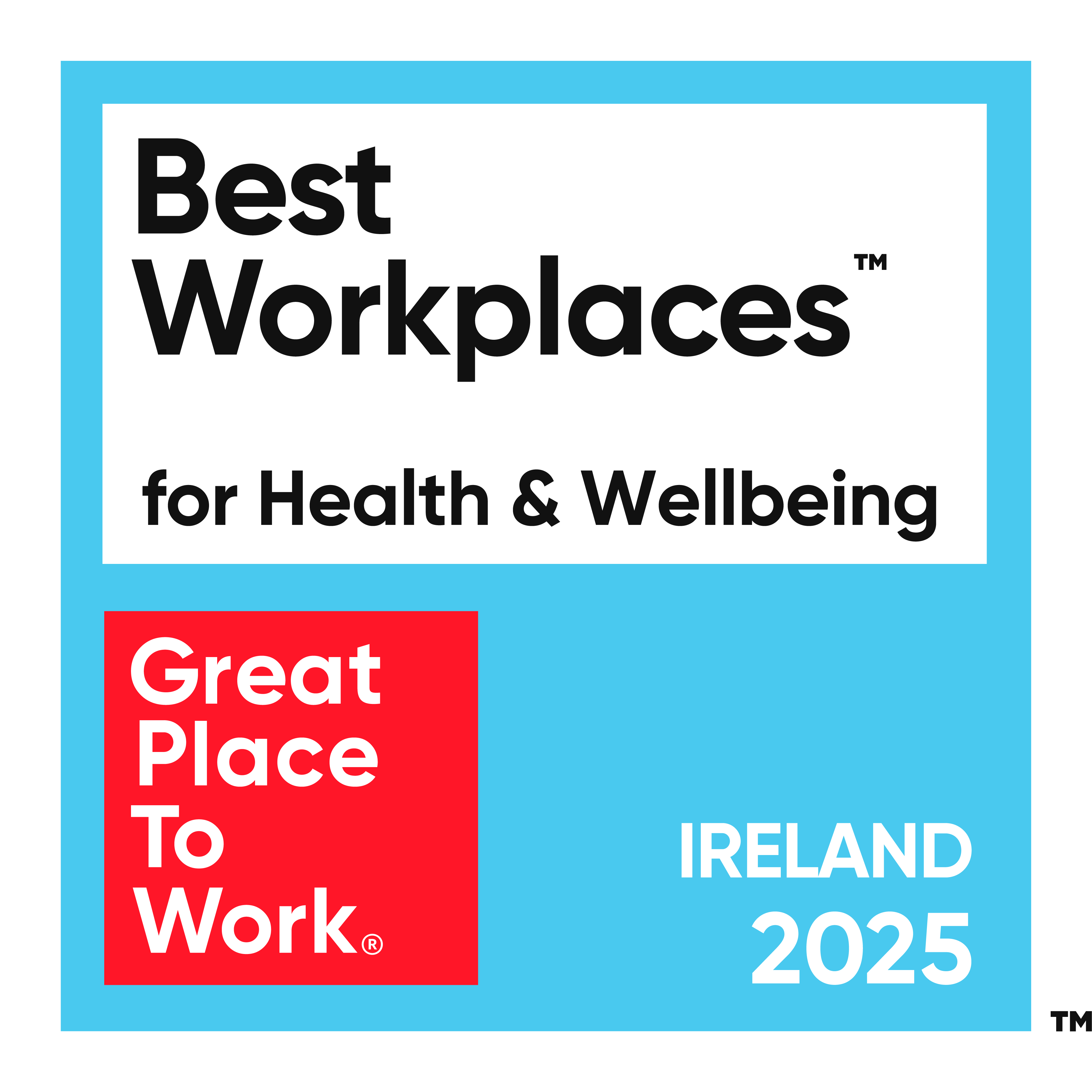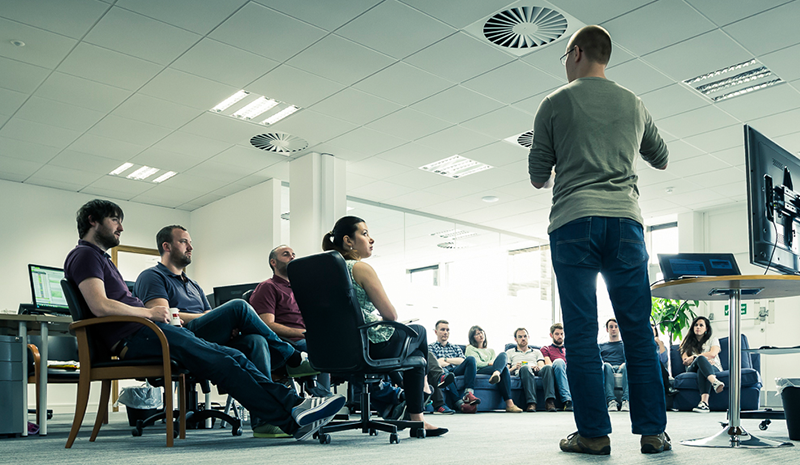By Otavio Dias on 17 Sep 2025
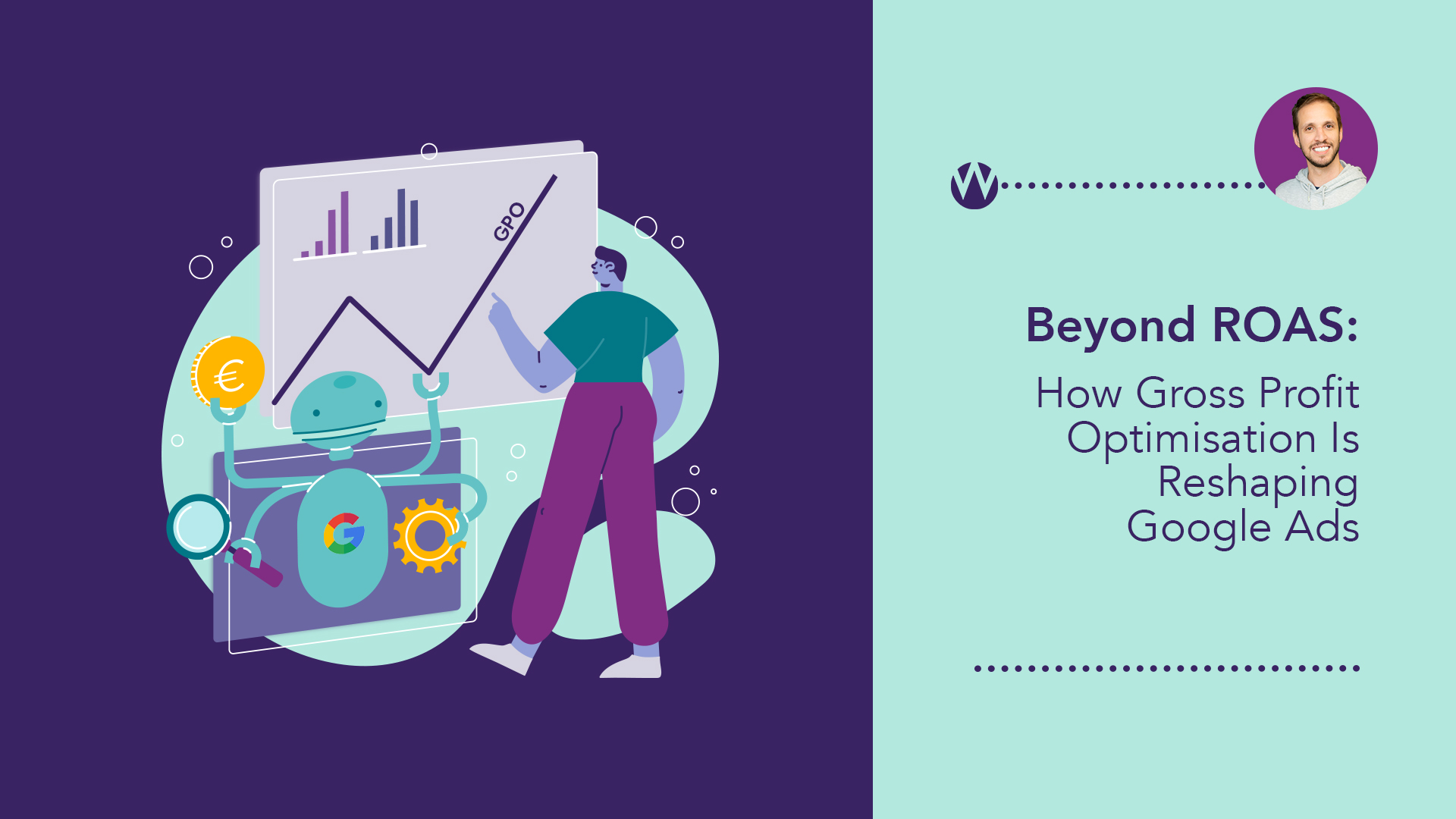
When Google Ads first launched, it revolutionised marketing by transforming advertising into a measurable and data-driven discipline. For the first time, marketers could directly link their ad spend to specific results, ushering in the era of return on ad spend (ROAS) optimisation.
This shift was groundbreaking, disruptive to traditional advertising, where budgets often disappeared into a void of uncertainty.
Google Ads gave marketers the power to see exactly where their money was going and the value it delivered.
However, as the digital landscape evolved, so did the complexity of business goals. E-commerce businesses, in particular, have been at a disadvantage.
While lead generation campaigns could be optimised for actual sales via CRM integrations, e-commerce often lagged, relying heavily on ROAS. Yet ROAS alone paints an incomplete picture, as it prioritises revenue over profitability.
Enter Google’s new Gross Profit Optimisation (GPO) with Smart Bidding, a transformative leap forward for e-commerce marketers.
With GPO, Google is delivering the next major upgrade, a feature that allows advertisers to optimise for profit rather than just revenue. This second wave of upgrades builds on Google’s legacy of innovation, addressing a critical gap in e-commerce marketing by enabling us to focus on Profit on Ad Spend (POAS).
Why ROAS is No Longer Enough
For years, ROAS has been the go-to metric for campaign performance. But this approach has a significant flaw: it ignores profit margins.
Not all revenue is created equal. A campaign may generate high sales, but if those sales are of low-margin products, the profitability, the ultimate goal for businesses, may be underwhelming.
This issue is particularly tricky for e-commerce businesses managing product categories with different profit margins.
Take one of our clients, for example: their electronics category operates on razor-thin margins of just 5%, while their home furniture category enjoys a healthy 25% margin.
Because of this, the ROAS breakeven point for electronics is significantly higher than for furniture. In other words, electronics campaigns require much higher returns just to break even, whereas furniture campaigns can thrive with a lower ROAS
In the example below, the top campaign is practically waving a flag and saying, “Put more budget here!” On the surface, it looks like a no-brainer: the cost is the lowest at €1,947, the conversion value is the highest at €64,233, and the ROAS comes in at an eye-popping 3,299%.
It all sounds like happy days, but dig a little deeper, and things might not be quite as they seem.

Once we bring gross profit into the mix, the story flips on its head.
The middle campaign, the one that looked weaker at first glance, was actually the biggest driver of gross profit, and it was doing so at a profitable level.
Meanwhile, the final campaign turned out to be the most efficient overall with a 367% POAS (Profit on Ad Spend).
That efficiency means we’ve still got room to scale it up while keeping profitability intact.
Now, here’s the challenge.
With the Google Ads interface, we’re typically working with revenue figures alone unless the Cost of Goods Sold (COGS) data is implemented.
Even if we adjust the product feed to factor average margin on categories in custom labels on Merchant Center, we face a trade-off: the more granular we get with segmenting products in Shopping campaigns, the less visibility we have into the big picture.
This is where revenue-focused bidding strategies fall short.
They often overlook these critical margin differences at the SKU (Stock Keeping Unit) level.
For instance, the margin on a Samsung phone could be significantly lower than on an iPhone, yet without the COGS & Gross Profit Bidding strategy implemented, the algorithm and consequently the campaigns will prioritise revenue-driving products instead.
Enter profit-focused optimisation.
By shifting from a revenue-centric mindset to a profit-driven approach, businesses can ensure that every euro spent on ads is actually contributing to the bottom line. It’s not just about driving sales anymore; it’s about driving profitable sales. When your campaigns are aligned with profitability instead of just revenue, you get a clearer, more accurate picture of what success really looks like.
What Makes Gross Profit Optimisation a Game-Changer?
Google’s new Gross Profit Optimisation feature allows advertisers to integrate profit margin data directly into Smart Bidding strategies. By providing Cost of Goods Sold (COGS) data through Google Merchant Center and pairing it with Conversion with Cart Data (CwCD), we can optimise for gross profit rather than just revenue. This innovation brings several key benefits:
- Smarter Bidding: With access to profit data, Google’s AI can prioritise high-margin products and profitable cross-selling opportunities, ensuring each click delivers maximum value.
- Transparency: We gain clear insights into the relationship between revenue and profit, enabling better decision-making.
- Hybrid Flexibility: This approach supports both revenue and profit optimisation strategies, balancing the need for volume and margin.
- Effortless Integration: By implementing "Conversion with Cart Data" (CwCD) and uploading COGS data, retailers can seamlessly optimise for profit without cumbersome workaround adjustments.
According to Google’s data, advertisers using Gross Profit Optimisation have already seen an average 15% uplift in campaign profit compared to revenue-only bidding optimisations.
Why This Matters for Your Business
As with any major innovation, Gross Profit Optimisation presents an opportunity that comes hand-in-hand with change. At Wolfgang Digital, we’ve always seen change as a chance to drive growth for our clients' businesses. Whether it’s AI advancements or Google’s latest feature, our goal is to position clients as leaders, not followers.
If your e-commerce business is ready to leave ROAS behind and embrace profit-focused advertising, now is the time to act.
Get in touch today and discover how we can help you maximise profits, not just clicks.

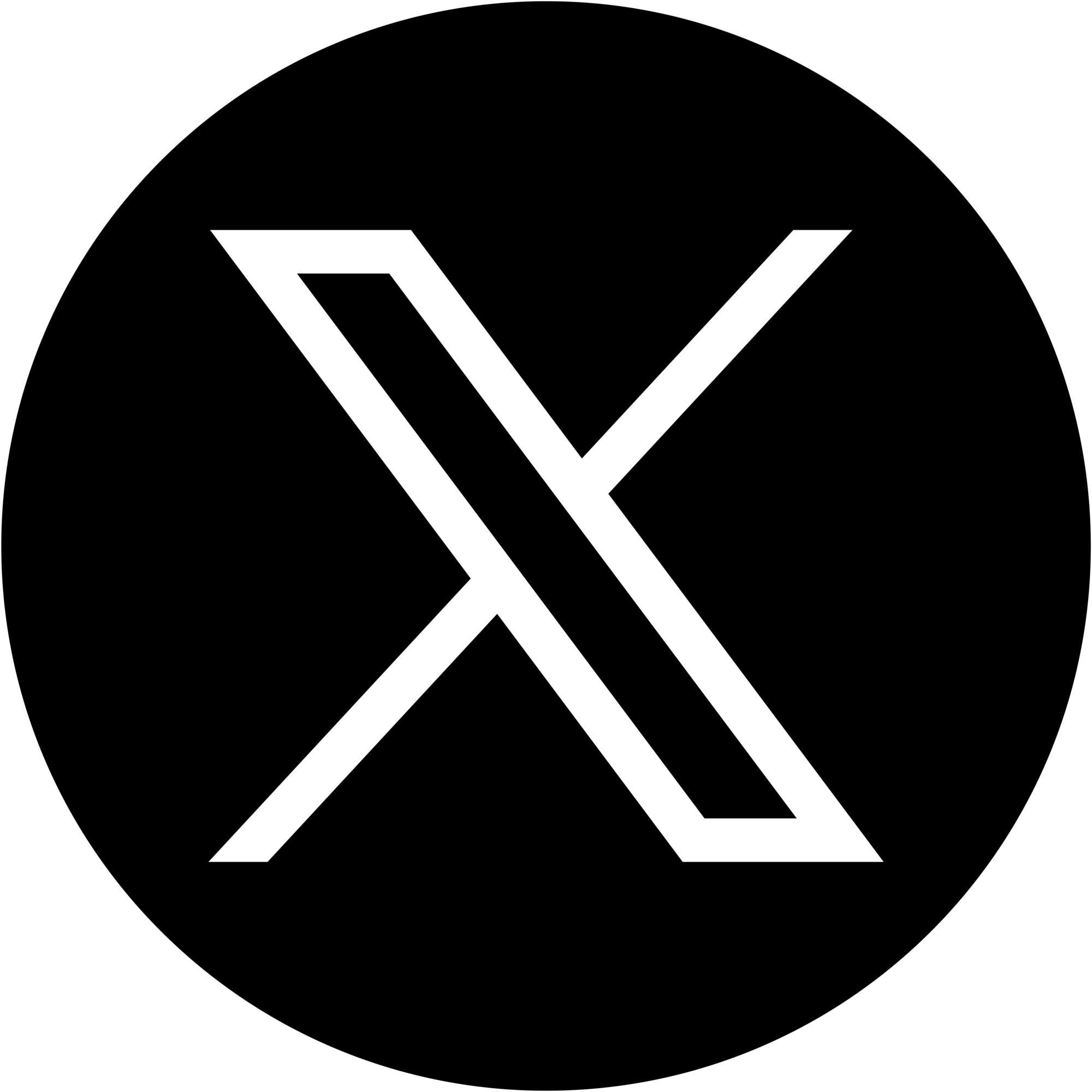
.png)
.png)



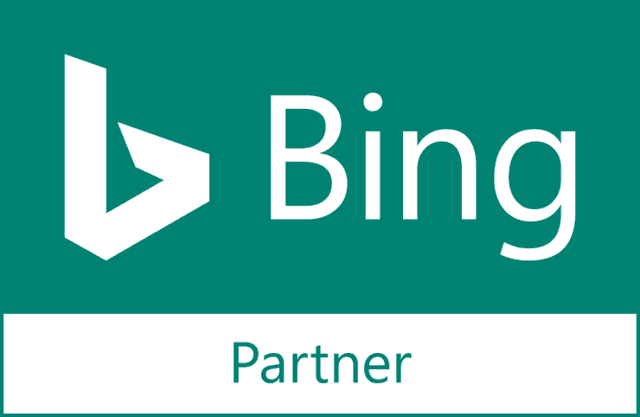
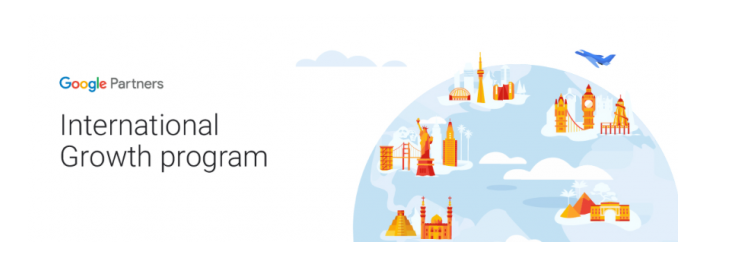
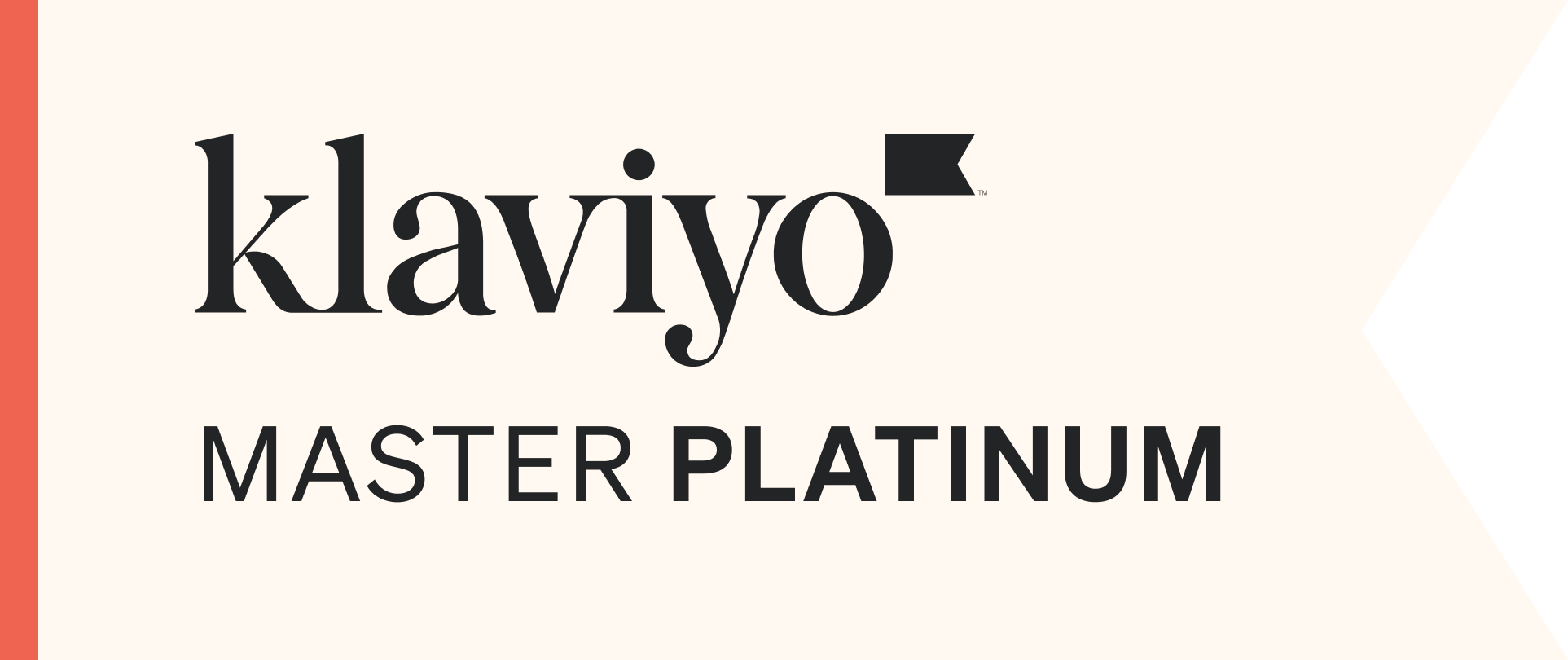
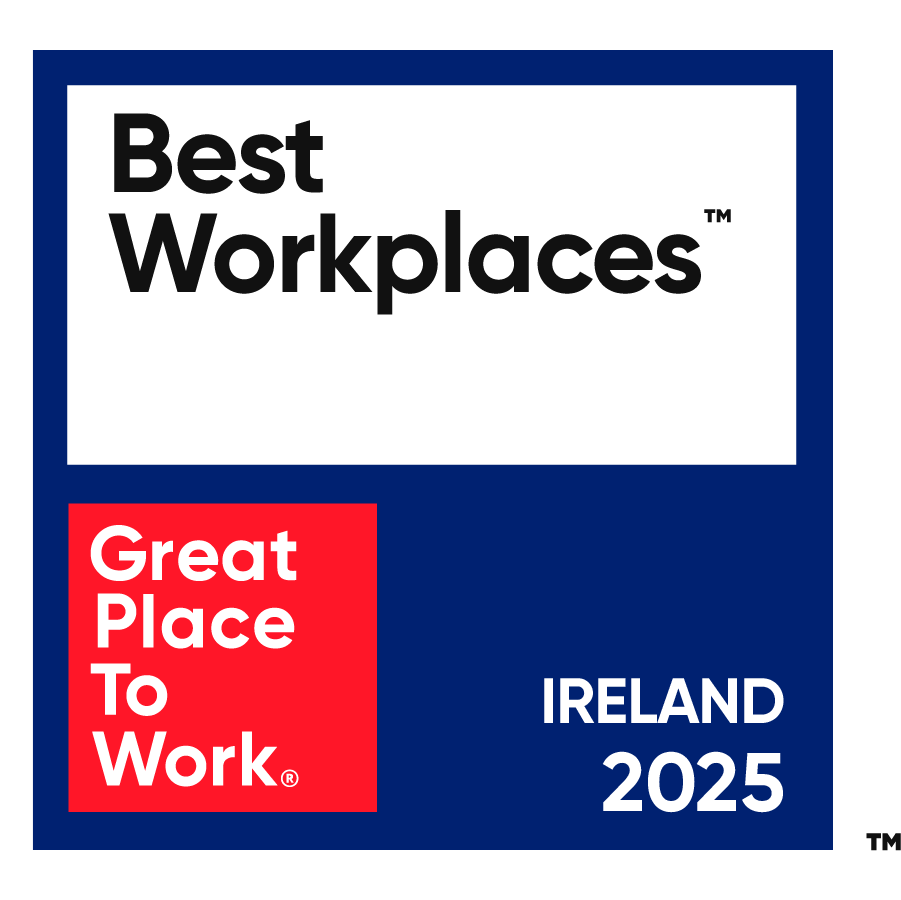
_2025.png)
